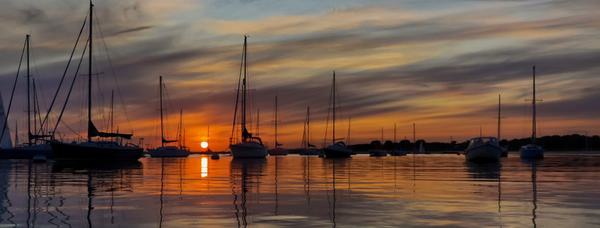Quantock Hills National Landscape
A narrow, gently 19-km ridge, the Quantock Hills run north west from the Vale of Taunton to the Bristol Channel. Standing out above the agricultural plain, the ridge looks far more imposing than its actual height of 300m and is famous for its views that stretch over nine counties.
Designated in 1956 the Quantock Hills is England’s first National Landscape, though only 99km2 the landscape shows immense variety and on its heights, a surprising air of solitude and wildness. Underlying rocks range from distinctive new red sandstone of the West Country on the hilltops through to the shales and limestone at the coast, which are rich in fossils such as ammonites and ichthyosaurs. The steep western scarp is deeply grooved by combes, rising to the hilltop heathland plateau. Eastward, long broad valleys, with an enclosed landscape of copses and hedgerows roll away towards the Somerset Levels.
The Quantock Hills is relatively well wooded at 29% but it is the contiguous heathlands and intertwined sessile oak woodlands that are particularly wildlife rich. Quantock Common covers 17% of the Quantock Hills and is a priority habitat and an Important Bird Area. Notably rich in species, especially for heath and woodland bird assemblages such as Yellowhammer, stonechat, pied flycatcher and nightjar. It is an important strong hold for other species as well with good populations of the rare Lesser Horseshoe, Barbastelle and Bechstein bats, dormice, adders and iconic red deer.
The Quantock Hills is rich in historic and cultural heritage. The plateau is recognised for its high concentration of bronze and iron age features. Later the Quantock Hills is seen as the birthplace of the English Romantic movement in literature with Samuel Taylor Coleridge and William Wordsworth wandering the hills and creating their seminal work ‘Lyrical Ballards’. The Quantock Hills offers lots of opportunities to immerse yourself in nature with a wide variety of landscapes to explore. The central plateau offers a feeling of tranquillity while also allowing some excellent horse riding or mountain biking.





